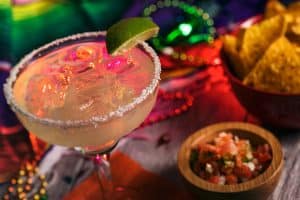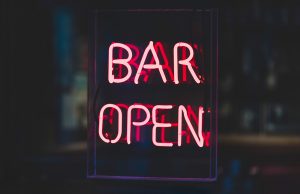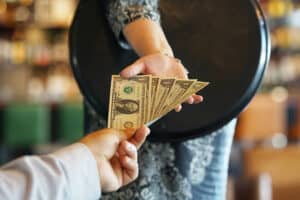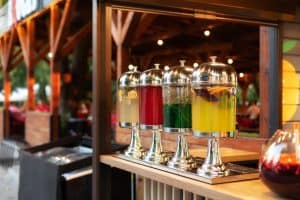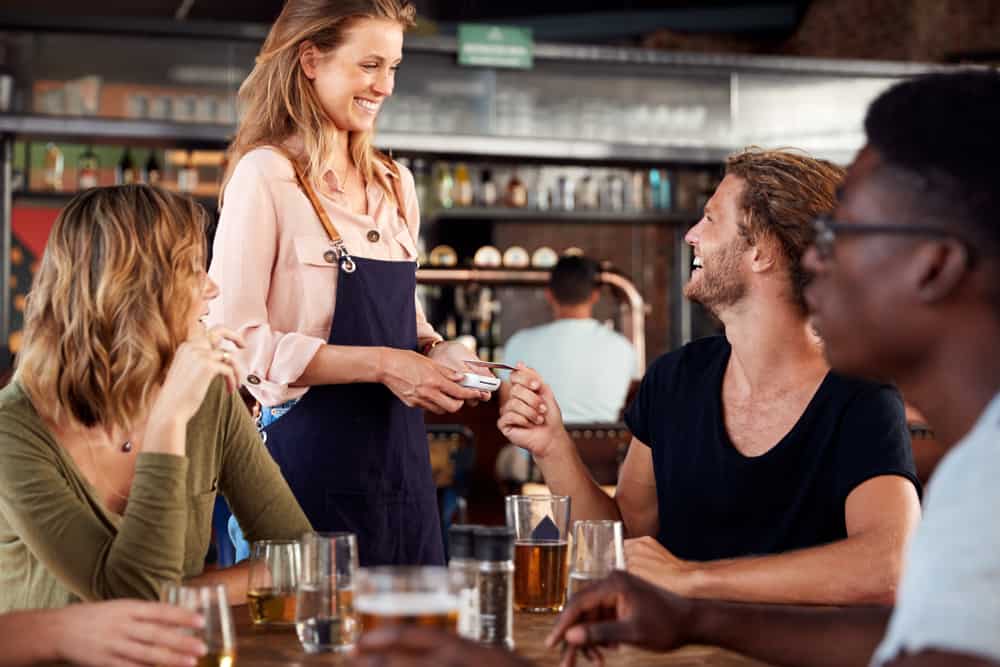
Anyone who has watched the popular TV series Cheers is familiar with Norm, who always said: “Put it on my tab.”
The bar tab is a way to help patrons and bartenders to avoid ringing up each drink they order and settle the total bill at the end of the evening.
But how do bar tabs work?
Simply put, a bar tab allows you to order drinks throughout your time at the bar and to settle one bill at the end. It is a matter of convenience for both the patron and bartender.
Your bartender will swipe your credit (or debit) card. A pre-authorized amount (which will be refunded) will be charged to your card—this is like a holding deposit to ensure enough funds are in your account to settle your bill. Your tab is then open, and you can add drinks and food to it until you close it. When you close your tab, you settle the check, add a tip, and are free to go.
We will look at a bar tab and how it came about. We’ll take you through the steps of opening a bar tab at the beginning of your evening and how to close your bar tab again. Finally, we’ll look at the new trend of pre-authorized purchases on your card and the benefits thereof.
What Is a Bar Tab?
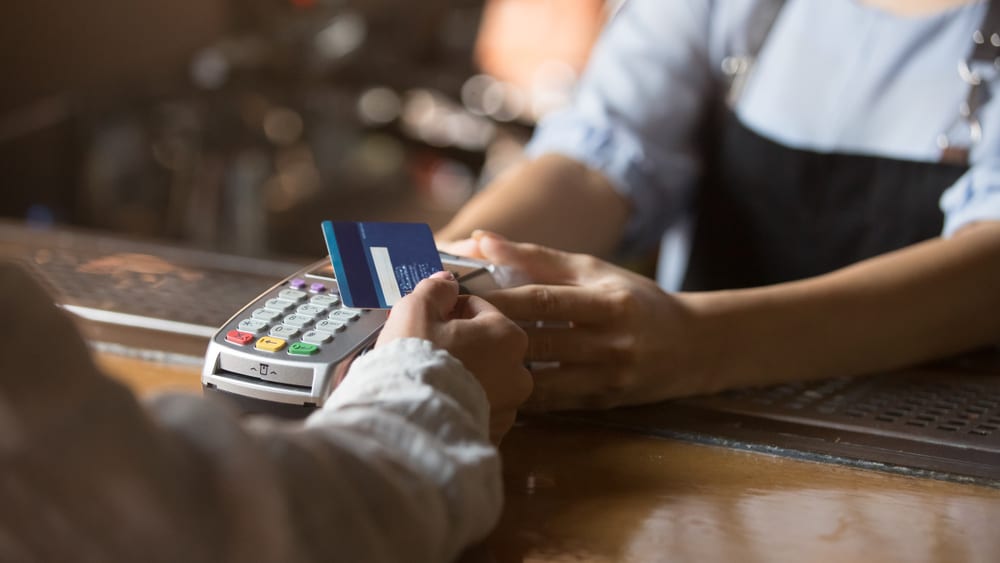
Simply put, a bar tab is a running bill that allows you to order drinks throughout the night without paying for each one after being served.
Then, at the end of the night, the bartender will run your card and charge you for all the drinks you’ve had in a single transaction.
This also allows your bartender to keep track of other customers’ orders without charging you mistakenly for something you didn’t order.
Bar Tab History
The bar tab established a relationship between bars, bartenders, and patrons in the olden days. Bars even cashed their patron’s checks and received their mail, allowing bars to place themselves at the heart of the community.
Back in the day, banks had limited hours, ATMs weren’t readily available, and people were paid weekly or bi-weekly—credit cards were the exception rather than the norm and considered a luxury.
Thirsty patrons had to take a chance with the bartender. Hopefully, they would receive a credit line from their favorite bar.
Unfortunately, bar tabs like grocery stores and pharmacy accounts went out of fashion. With the rise of credit cards, the need for extending credit to consumers at the bar also declined.
This also allowed bars and restaurants to stop tracking consumers down and trying to get their bills settled. Some bars luckily still allow bar tabs, but with a more modern approach, as will be seen later on.
How Do You Open a Bar Tab?

You and a few friends descend on the bar for a Friday night shindig, and someone suggests you should have individual tabs. And you have never opened a tab at a bar because you like to budget for your drinks, so what now?
Let’s break the process down into steps:
- You go up to the bartender and politely ask: “I would like to open a tab in my name, please.” Easy peasy, but we’re not done opening your tab yet.
- Your bartender will confirm that you’d like to open a tab. If they open a tab for someone who does not want one or wishes to have one, it could lead to confusion and diminish the overall experience of the night.
- Once you’ve confirmed you’d like a tab, your bartender will ask for your credit card and keep it safe with them to set up your tab. This is done for a few reasons:
- It helps to identify you;
- They need it to enter your details into the point-of-sale software;
- It helps to identify you, have your orders delivered to the right table, and keep track of your orders;
- Your card will be charged at the end of the evening when you close your tab.
- Congratulations! You now have a tab at the bar to order drinks without paying for each drink when you order one.
How Do You Close a Bar Tab?
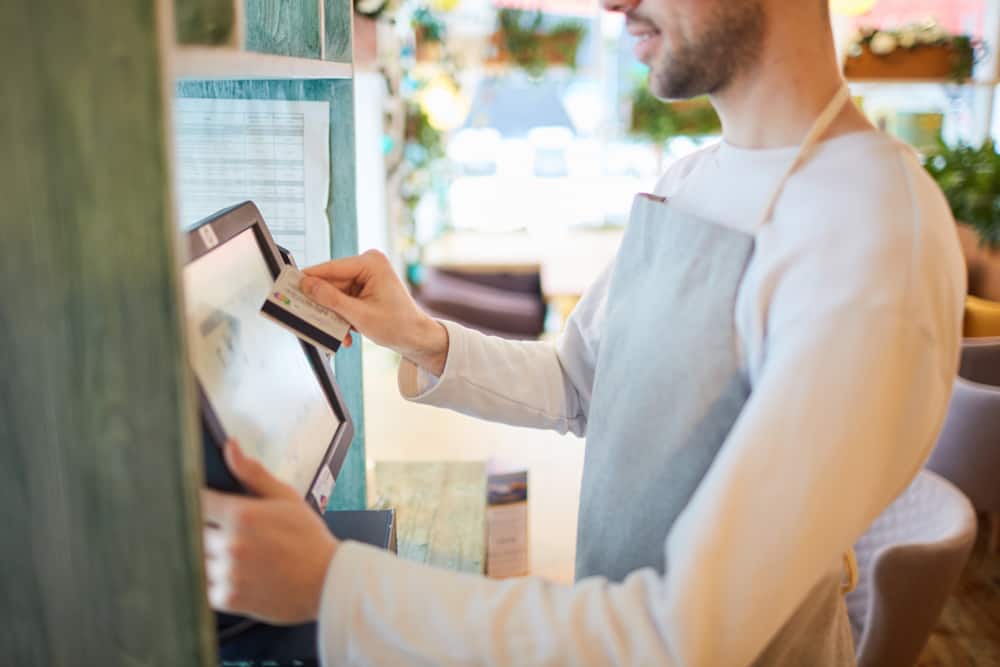
At the end of the evening, you’ll go up to your bartender and tell them you are done and would like to close your tab. Now, the process will be reversed, but with some extra bits.
You’ll go to your bartender and tell them you’d like to close your tab because you are done for the night. They’ll ask your name, bring up your tab on their computer system, and tell you you’ve spent a certain amount, which you’ll confirm.
Next, they’ll run your credit card for the amount. It is considered good manners to tip your bartender at least 20% of the total bill, rounded up to the nearest dollar.
Another practice is to tip a dollar per drink in cash, even if you have a tab.
What Is Pre-Authorization on Your Card for a Tab?

Your bartender will most probably place a pre-authorization on your credit card. But why, you may ask?
This hold on your card is set aside for future purchases or transactions on your card at the bar. You cannot withdraw this amount or spend it either.
This is done to ensure that funds are available to pay your bill at the end of the night when you close your tab. It is also necessary to start your tab.
The hold is either converted into a charge when you close your tab or lifted/refunded to your credit card when you pay your tab.
Some Pre-Authorization Myths Debunked
We’ll look at two of the major concerns and myths you might have encountered when you mentioned you wanted to open a tab at the bar.
- You won’t be charged twice. The pre-authorization might look like a double charge on the bank statement. Usually, the pre-authorization amount will be reversed to your account after a day or two. The final amount will remain on your statement.
- Your details aren’t at risk. All credit card and personal information are immediately encrypted when the card is swiped at the point of sale—no sensitive information is saved on the terminal or computer system. It works like online banking—encryption takes place immediately to keep sensitive information safe.
Conclusion
There you have it. Opening a tab at the bar is as easy as first asking whether they allow tabs, and if they do, ask the bartender to open one for you.
Nowadays, you’ll be charged a pre-authorized amount on your card, which will be refunded to your card or converted to settle part of your bill when you close your tab—this will depend on your banking institution.

